Cassandra Becker, a dietetic intern at Tufts’ Frances Stern Nutrition Center, responds:
“Molds are microscopic fungi that live on plant or animal matter, which can sometimes be seen with the naked eye. These organisms give off spores, which are responsible for their color. While many molds are harmless and beneficial, such as cheese, some molds cause allergic reactions and respiratory problems. Similarly, a few molds, under the right conditions, produce ‘mycotoxins’—poisonous substances that can make you sick. In many foods, mold invades deep within the food—not just on the surface. In some cases, toxins may have spread throughout the food.
“According to the USDA, soft fruits and vegetables with high moisture content, such as an orange, can be contaminated below the surface. Such fruits and vegetables should be discarded in their entirety if moldy. On the other hand, small mold spots can be cut out with a one-inch diameter from the spot in firm, low-moisture fruits and vegetables, such as cabbage, bell peppers and carrots.
As a rule of thumb, mold found in hard, low-moisture foods such as hard cheese, hard salami and dry-cured country hams can be cut out, while moldy soft, high-moisture foods such as meat, soft cheese, yogurt, jam, breads, nuts and nut butters should be discarded in their entirety.”

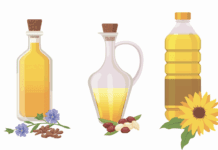
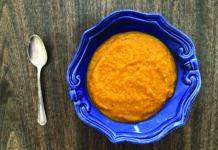






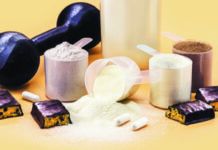





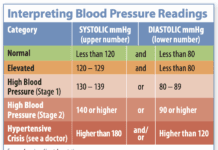



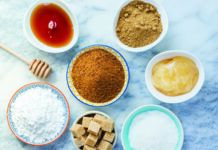

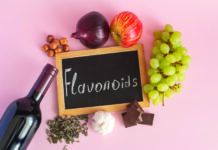
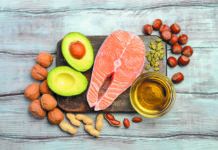
I just ate part of a 1/2 inch black spot in a navel orange because I wasn’t looking at it. Will I get sick? What should i do?
I need this answer to because same
Bruh so it’s something popular now? i was eating an orange, i tore off another piece to see horrible black on it and i almost puked and then got anxiety, but i want to know the side effects